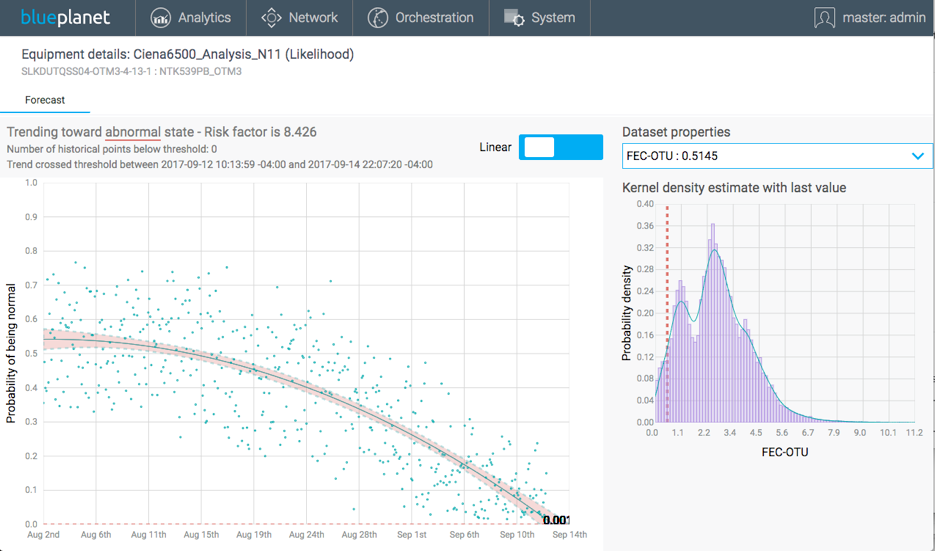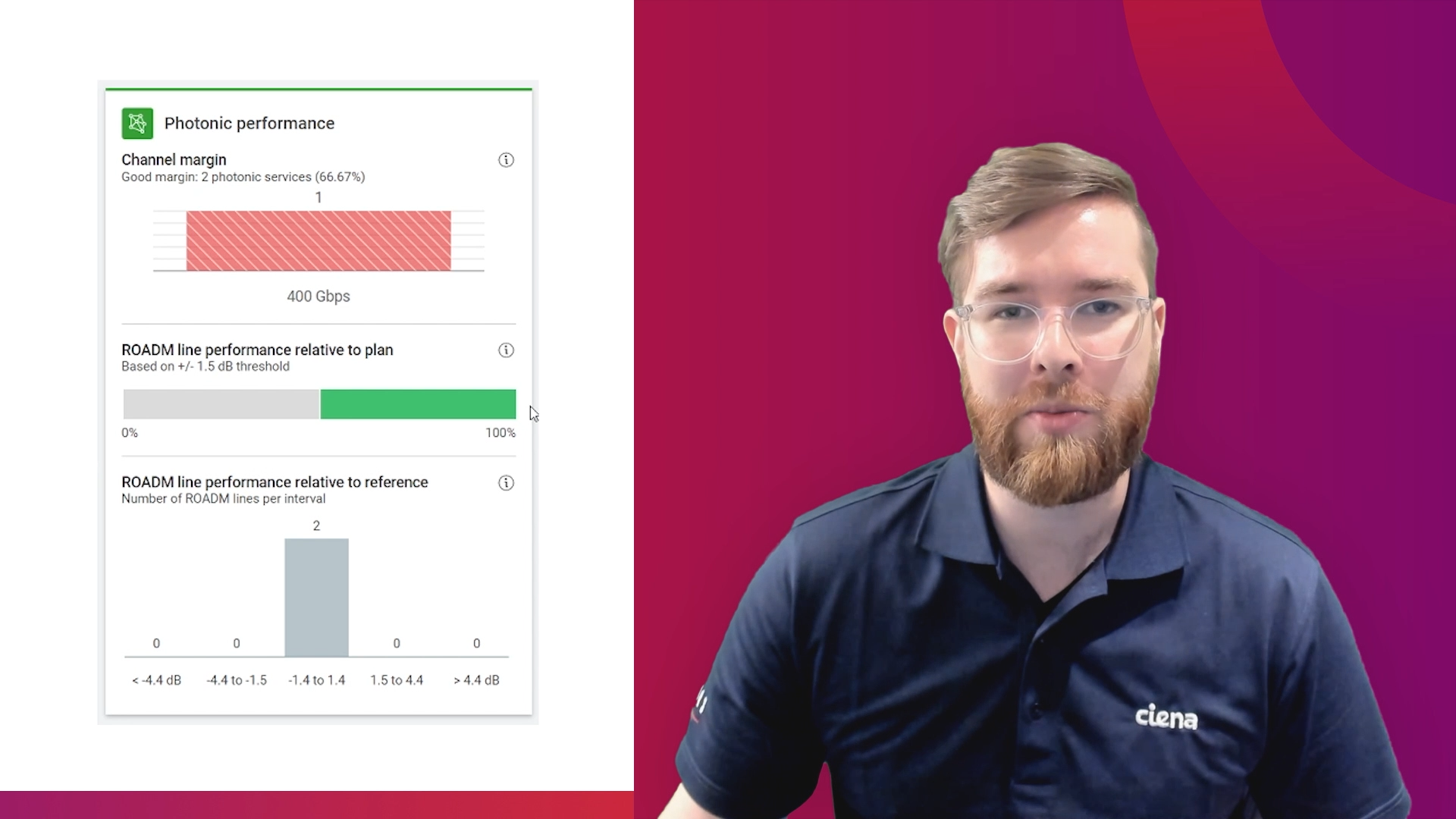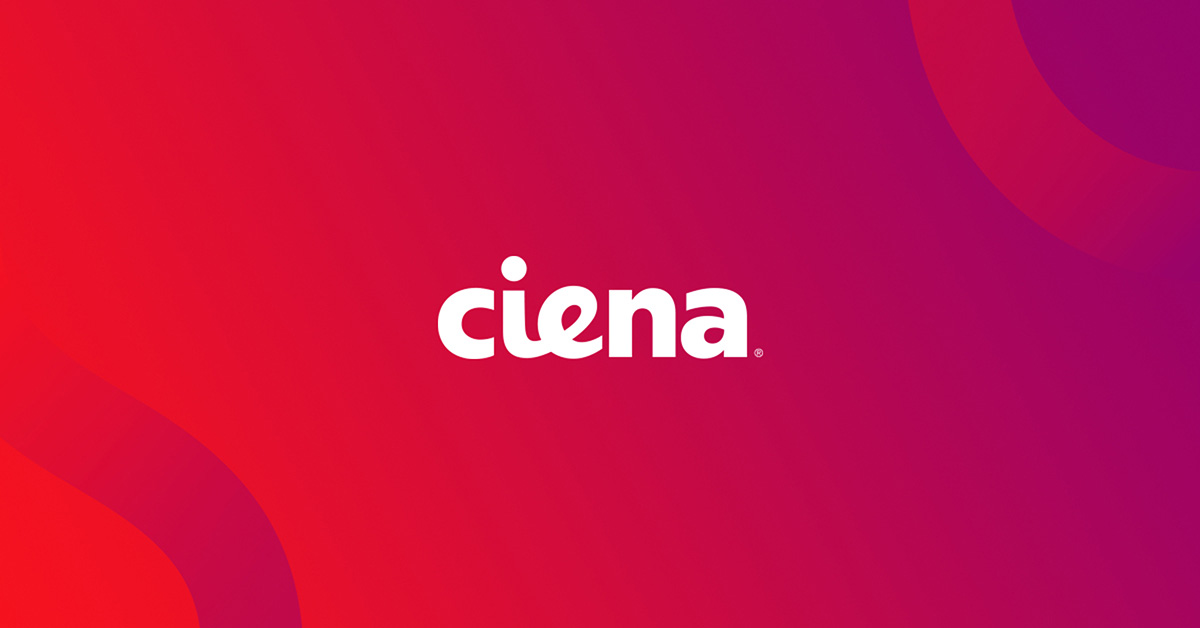How to differentiate your customer experience with advanced network analytics
With aggressive competition driving a wider selection of service options, flexible subscription models and commodity pricing, customer service has become a key differentiator for providers of all shapes and sizes in the voice and data services market. If customers aren’t happy, they’re quick to change – and that churn can seriously erode margins and impact the bottom line.
This means that the traditional “break-fix” approach to maintaining network quality of service (QoS) is no longer enough. End customers have now become dependent upon always-on connectivity and so sensitive to service outages that even short service interruptions can be a deal, and contract, breaker.
Because of this increased focus on customer quality, forward-thinking operators are starting to look at a more proactive approach. The ideal scenario being to anticipate service issues before they occur, and use that insight to deliver an unrivalled customer experience.
Network data is key
One way to ensure a consistently excellent customer experience is to constantly collect and analyse the data that is available from both inside and outside the network. The characteristics and behaviour of this data can demonstrate trends that new machine algorithms can now detect – well before issues may occur.
Analysing network data is never going to allow you to predict a bulldozer cutting a fibre, but it can be used to help anticipate fibre, laser, or hardware degradation before they result in service disruptions. This enables the service provider the ability to implement proactive solutions to greatly reduce the impact of such events.
Analysing network data is never going to allow you to predict a bulldozer cutting a fibre, but it can be used to help anticipate fibre, laser, or hardware degradation before they result in service disruptions.
Building an ecosystem for network analytics
Leveraging machine algorithms to analyse network data in real time has a lot of potential, but it also requires the right foundation be laid to retrieve, store, and normalise the data. At the outset, you’ll need an automation platform that includes technologies for tapping into all available data sources and for streaming the real-time telemetry data from them.
You’ll also need a data lake – a repository for multiple data types from multiple sources – to store both network-generated and externally generated data, and to normalise and categorise it for analysis.
These underlying components of a data analytics ecosystem can now act as a kind of “nervous system” that can collect and store data from a variety of sources. Building upon this analogy, a “brain” is also now required to draw conclusions and potentially make decisions based upon the data it now has access to in the ‘lake’. This brain can now start to identify trends in the data, predict what may happen in the future, prescribe the optimal solution and, ultimately, automate appropriate responses based on specified business policies.

Predictive health and the future of networking
Now bringing this back to the desire to improve upon the customer experience we can now imagine a “network health predictor” application that drives insight from network data. Architecturally this sits above of the analytics ecosystem, monitoring the performance of key parameters and helping to predict and address service degradation risks. In effect it forms the ‘brain’ for improving the customer experience.
Predictive health analytics applications can anticipate a range of service issues, and algorithms are constantly evolving to provide even broader insights into performance trends that could potentially impact service levels. The long-game is to create a closed-loop, intent driven autonomous system that can not only predict potential service issues in advance -- allowing carriers to manually make network changes such as migrating traffic off of a particular line -- but to also automatically reroute traffic to avoid these predicted degraded areas.
These kinds of predictive health capabilities, combined with a range of other analytics applications such as predictive capacity planning, can start to pave the way for the self-driving, self-healing networks of the future.
It’s closer than you think
While fully autonomous networks are still an aspiration rather than a reality, technologies that predict future network health already exist. Ciena’s Blue Planet Analytics, for example, provides simple tools for collecting data from across the network, a data lake for storing it, and predictive health capabilities such as a Network Health Predictor for anticipating future performance and service issues. The platform is also completely open, so carriers can integrate ecosystem elements from other network providers quickly and seamlessly as their needs dictate.
As customer experience continues to redefine the competitive landscape, technologies that can deliver even small QoS improvements will make a significant difference in terms of competitive advantage. That means that when it comes to implementing network analytics ecosystems and intelligent analytics applications such as predictive health, the time to act is now.
For more information about anything in this blog, or to find out more about Blue Planet’s network analytics capabilities, please visit https://www.blueplanet.com.






